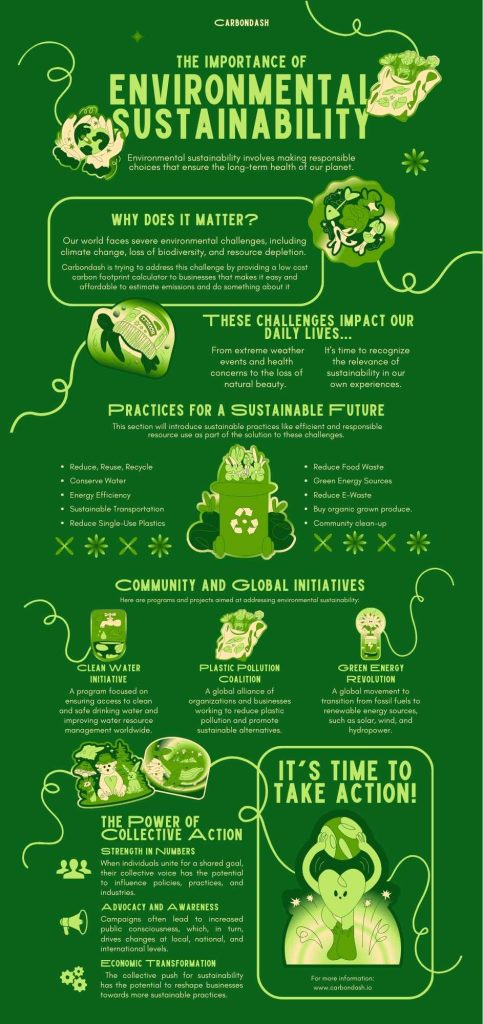What are Carbon Offsets?
Carbon offsets are a mechanism used to compensate for the emissions of greenhouse gases, particularly carbon dioxide (CO2), by supporting projects or activities that reduce or remove an equivalent amount of carbon dioxide from the atmosphere. The purpose of carbon offsets is to neutralise the carbon emissions generated by a business or an individual to, ideally, achieve a net-zero carbon footprint.
Effectively it means the emissions produced are balanced out by the reduction or removal of an equivalent amount of emissions elsewhere.
Typically, the first step for organisations or individuals is to first calculate the carbon emissions (the amount of carbon dioxide or other greenhouse gases) they have emitted due to their activities, such as business travel, energy consumption, manufacturing processes and everyday business activity.
Usually this is done with carbon footprint software but some consultants and larger businesses may opt to use spreadsheets.
Once emissions are known, businesses and/or individuals can purchase carbon offsets from quality carbon offset projects or initiatives that aim to reduce or remove greenhouse gases from the atmosphere.
Carbon offset projects can take various forms, including renewable energy, reforestation and afforestation, methane capture, energy efficiency, carbon capture utilisation and storage (CCUS), cookstove projects and more.
There are, in fact, over 100 different types of carbon credits on the market.
Carbon offsets are just one part of maintaining environmental sustanability, which is an incredibly vital activity for the future of our planet.

